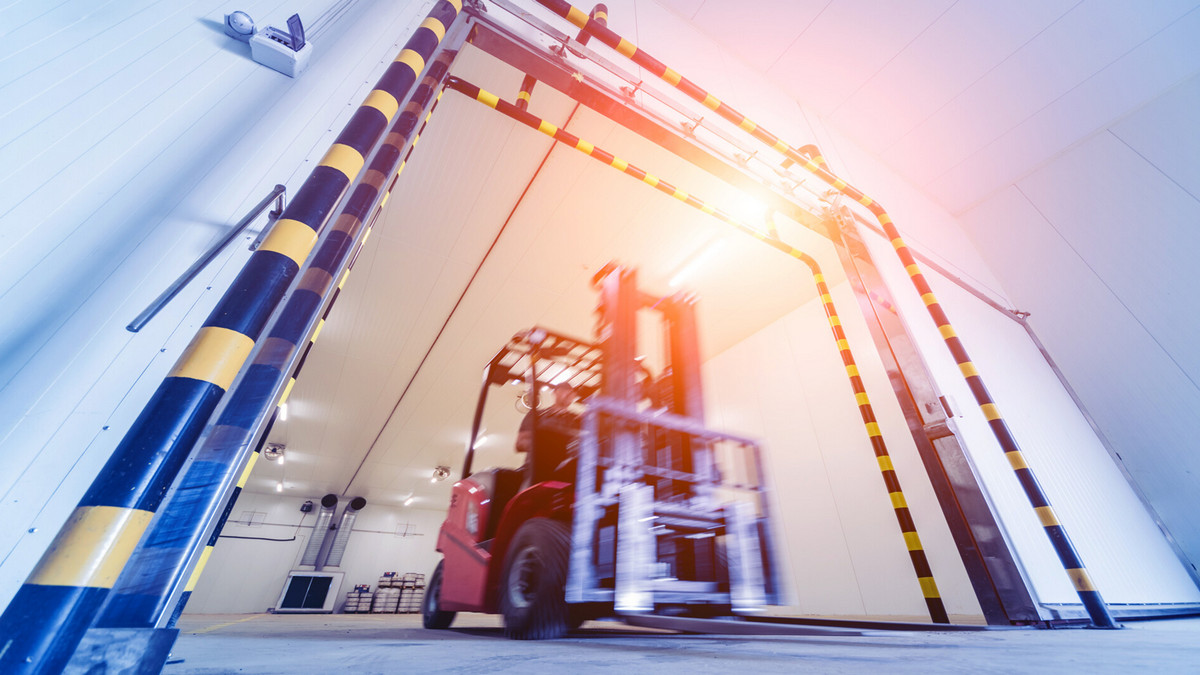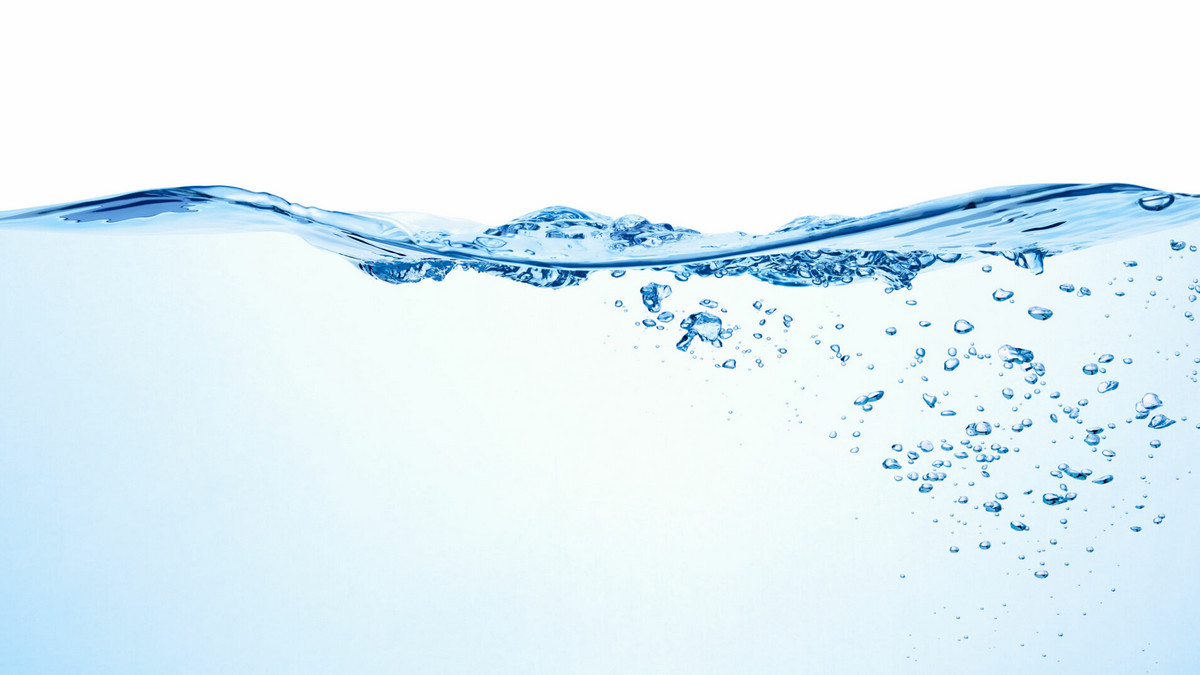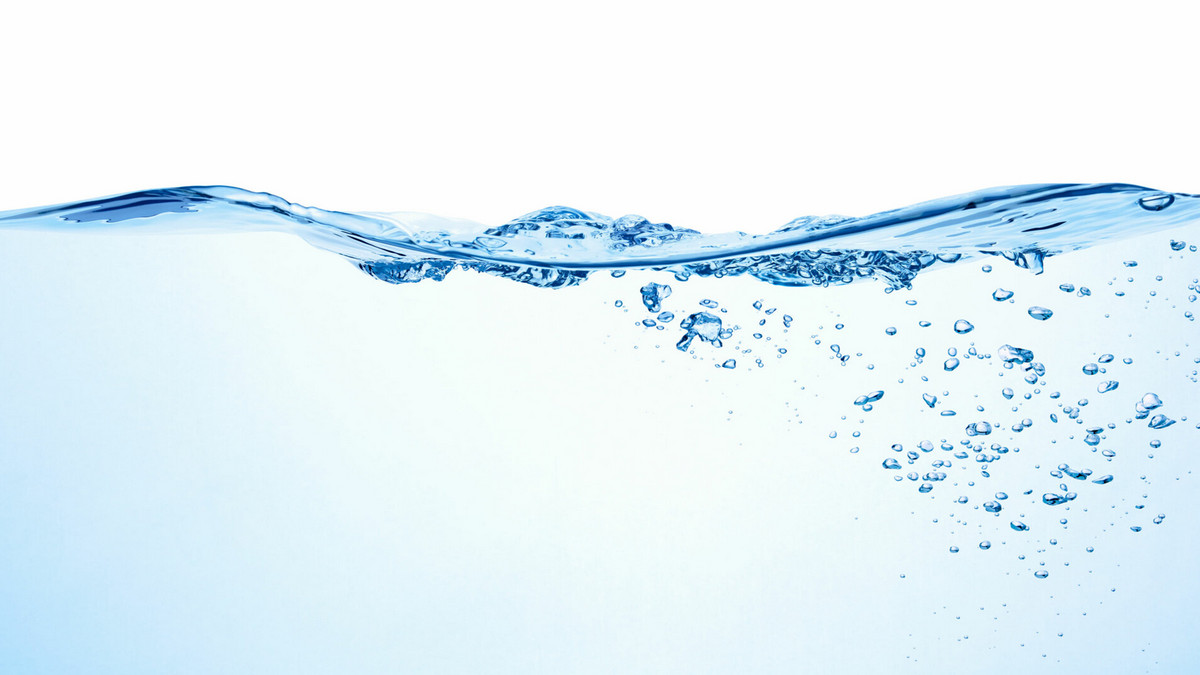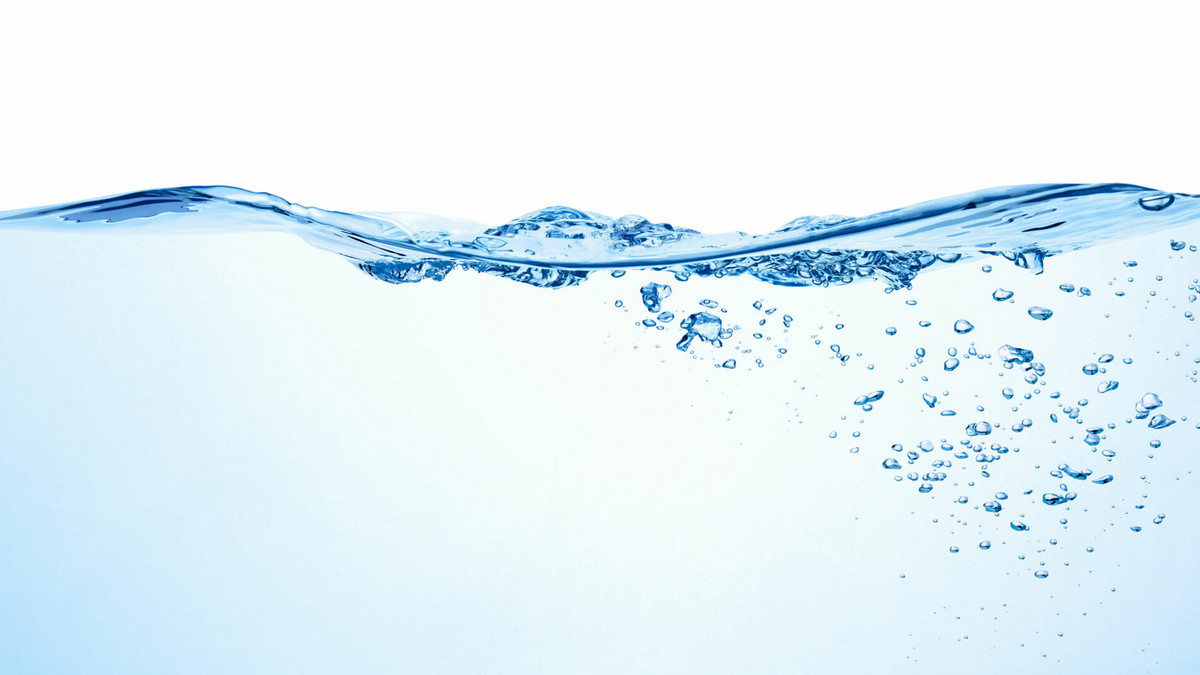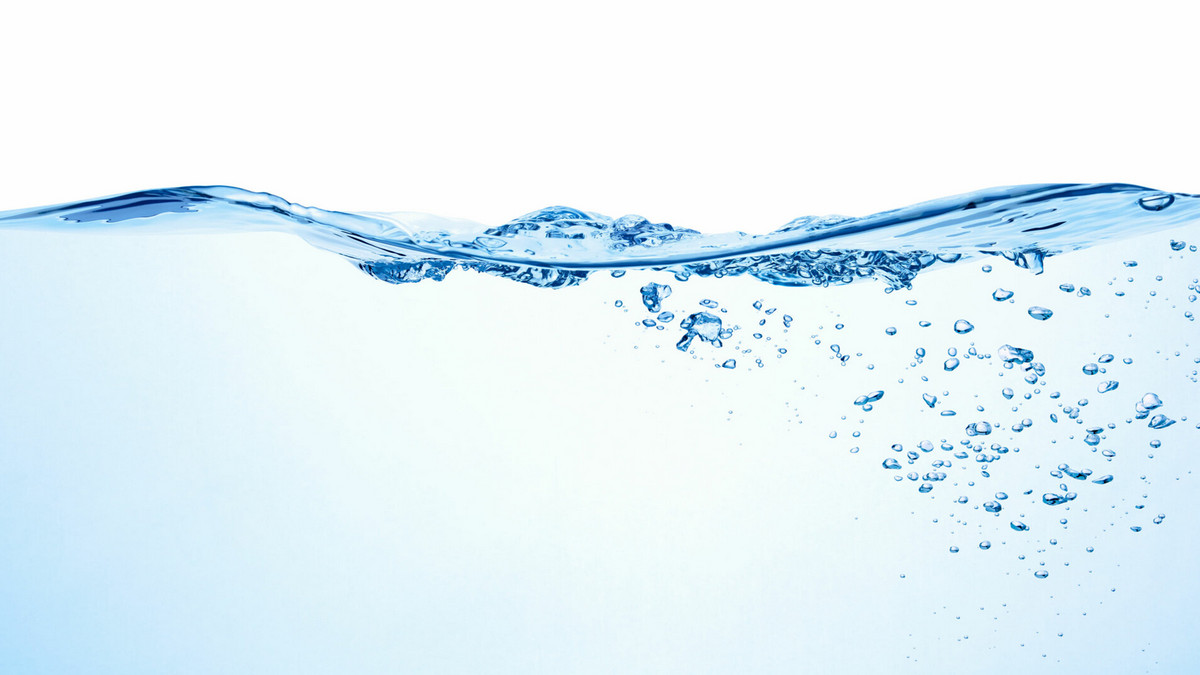The forklift is one of the most convenient tools and equipment for modern warehousing and logistics transportation. So, are you wondering what types of forklifts are there? What are the characteristics of various types of forklifts? Before purchasing a forklift, you must know the types of forklifts, and evaluate the use environment and usage before making a decision. This article will bring you an introduction to the types of forklifts, making it easier for you to choose one!
By Powers
To distinguished by the simplest "power type", they are roughly divided into two categories: "internal combustion forklifts" and "electric forklifts"
Internal Combustion Forklifts
Internal combustion forklift is a very common type of forklift, and the fuels used are usually diesel, gasoline, and LPG gas.
It is very convenient for refueling and can be operated immediately. Due to the large power acceleration and torque of the fuel forklift, it is very suitable for long-term use in harsh environments or weather, and the initial purchase cost is relatively low. However, due to the use of fuel, this type of forklift will generate disturbing noise and exhaust gas, and it is not suitable for use in closed workshops, food industries or indoor operating environments.
At present, forklifts that use "hydrogen fuel" as the power source have been produced abroad. Since the use of hydrogen does not produce greenhouse gases and other pollutants, it is a clean fuel that can replace traditional fuels and can become a pollution-free power generation or transportation fuel. If the related technologies of hydrogen fuel can be introduced in the future, it would be believed that the environmental protection will go further!
In addition, the heavy-duty forklift is also one of the internal combustion forklifts. The heavy-duty forklift is bulky and can handle some heavier vehiclegoes, and the main fuel type is diesel. Applicable objects include: container distribution stations, port loading and unloading operations, iron and steel industry-coil/ steel plate handling, aluminum products, concrete, building materials and related products, ore industry...etc. Heavy-duty forklifts provide efficiency, reliability, fuel efficiency and a comfortable driving space.
Electric Forklifts
Electric forklifts use battery power instead of internal combustion engines as the power source. The most important features of this type are silent, no exhaust, and low vibration.
In addition to the general four-wheel seat type, there are also vertical (or side seat type), three-wheel type and other diversified products, which can be selected according to the aisle space, lifting height, load capacity...etc. The main internal parts are electrical appliances, so maintenance is easier. In terms of fuel, the cost is much lower than that of fuel forklifts. Because it is quiet and stable during operation and does not generate exhaust gas, it is more suitable for indoor operation use.
Common types of batteries are "lead-acid batteries" and "lithium batteries". The advantages of lead-acid batteries are: cheap and stable. The disadvantages are: the recharge time is long, and the working endurance is relatively poor. The number of cycles available is small, the general battery life is about 3-5 years, and there is a memory effect, which is more limited in use. The advantages of lithium batteries are: long service life, about 5 to 10 years, and can be plugged and charged, and used immediately. The disadvantage of lithium batteries is that they are expensive, about 2.5 times that of lead-acid batteries.
How to Choose Electric or Internal Combustion Forklift?
In terms of operating environment, the indoor is more suitable for electric type forklift, while the outdoor is more suitable for internal combustion type forklift. Due to the characteristics of low noise, low vibration and no air pollution, electric forklifts are more suitable for indoor operating environments. Even some more difficult working conditions can be competent, such as: dusty, chemical inflammables, frozen and refrigerated food, high-precision electronic parts...etc.
In terms of the rough and rainy outdoor environment, the internal combustion forklift is good at it.
In terms of maintenance and repair, electric forklifts are more advantageous, because electric forklifts do not require fuel costs, replacement oil, clutches and other engine consumables costs in addition to charging costs.
In terms of price, the initial purchase cost of electric forklifts is higher than that of internal combustion forklifts, but as the number of years of use increases, the saved fuel costs and maintenance costs such as oil changes may be enough. Covers initial acquisition costs (depending on current oil prices and hours of use per month).
To sum up the above, the operating environment is still the most critical factor in determining the type of forklift selected.
By Functions
If it is distinguished by the slightly more complex "functional type", the types can be divided into the followings:
Counterbalanced Forklifts
It uses the principle of counterweight balance to balance the load outside its wheelbase with its own weight. This type of forklift is equipped with a lifting guide column in front of the vehicle body, and a counterweight block in the rear to balance the vehicle body.
There are two common types of counterbalanced heavy-duty stackers: "battery type" and "internal combustion type". In the battery-type forklift, it is further divided into "three-point three-wheel type", "three-point four-wheel type" and "four-wheel type". The three-point type has a smaller turning radius than the general four-wheel type, which is more advantageous when working in a narrow space.
Reach Trucks
It can be divided into "standing type" and "side sitting type". Front outriggers and lifting guide columns are installed in front of the vehicle body.
Different from the structure of the balance counterweight forklift that "the forklift must be driven forward when forklifting", this type of forklift has the advantages of small light weight, small turning radius and high lift (6m-12.5m). It can extend the guide column (or hanger) forward when the vehicle is stationary, and then use the fork to pick up the goods. The turning radius is smaller than that of the counterbalanced heavy-duty stacker, so it is extremely beneficial for narrow indoor operations.
Pallet Trucks
Divided into "manual", "self-propelled" and "pedal standing", small and lightweight, easy to operate, can be used in small places, commonly used in stores or warehousing and logistics centers. Because the manual type is light in size, it can be moved with the truck; while the self-propelled and pedal standing type can vehiclery a load of 1.5 to 5 tons, which is suitable for in-plant operations. This type of machine is light and easy to use, but has no lifting and stacking function, and is limited to point-to-point (point A to point B) transportation.
Order Pickers
It is also known as a "passenger forklift". The operator stands on the liftable console, and the control of the vehicle and the pick-and-place of the goods are all vehicleried out in the lift table. Because the picking operation is in the form of people and goods going up and down at the same time, it is more efficient for the complicated selection and the small amount of in and out.
The operation method of the picker is that the operator will stand up to a higher place to pick materials, and the operation is dangerous. Therefore, the operator must lock the seat belt when using the picker to prevent accidental falling.
Vary Narrow Aisle
Different from the common forklifts, the forks of the three-way forklift can rotate to the left, right and forward respectively. The narrow fuselage design is suitable for warehouses with a large amount of goods and a high storage volume ratio. As long as there is space for the forklift to pass through, the goods can be stacked and taken on both sides of the vehicle. Therefore, the available space in the warehouse can be increased. This type of forklift includes two types: "Man Up" and "Man Down".
(Empty) Container Handler
Different from the forklifts generally used in logistics warehousing and stores, the container forklifts are large in size, strong in guide columns and extremely high load capacity, and are mostly used in ports and container yards. The heavy container machine uses a four-point boom to grab the container, while the empty container machine uses a two-point type to grab the empty container. This type of forklift is much more maneuverable than the straddle carriers and gantry machines commonly used in traditional container factories, so it is mostly used for loading and unloading containers on trucks before and after loading, or for loading and unloading containers in container warehouses.
Other
There are many types of forklifts and we only list some common ones in detail in this article. Base on the above information, hope to give you a head start to the forklift world!


